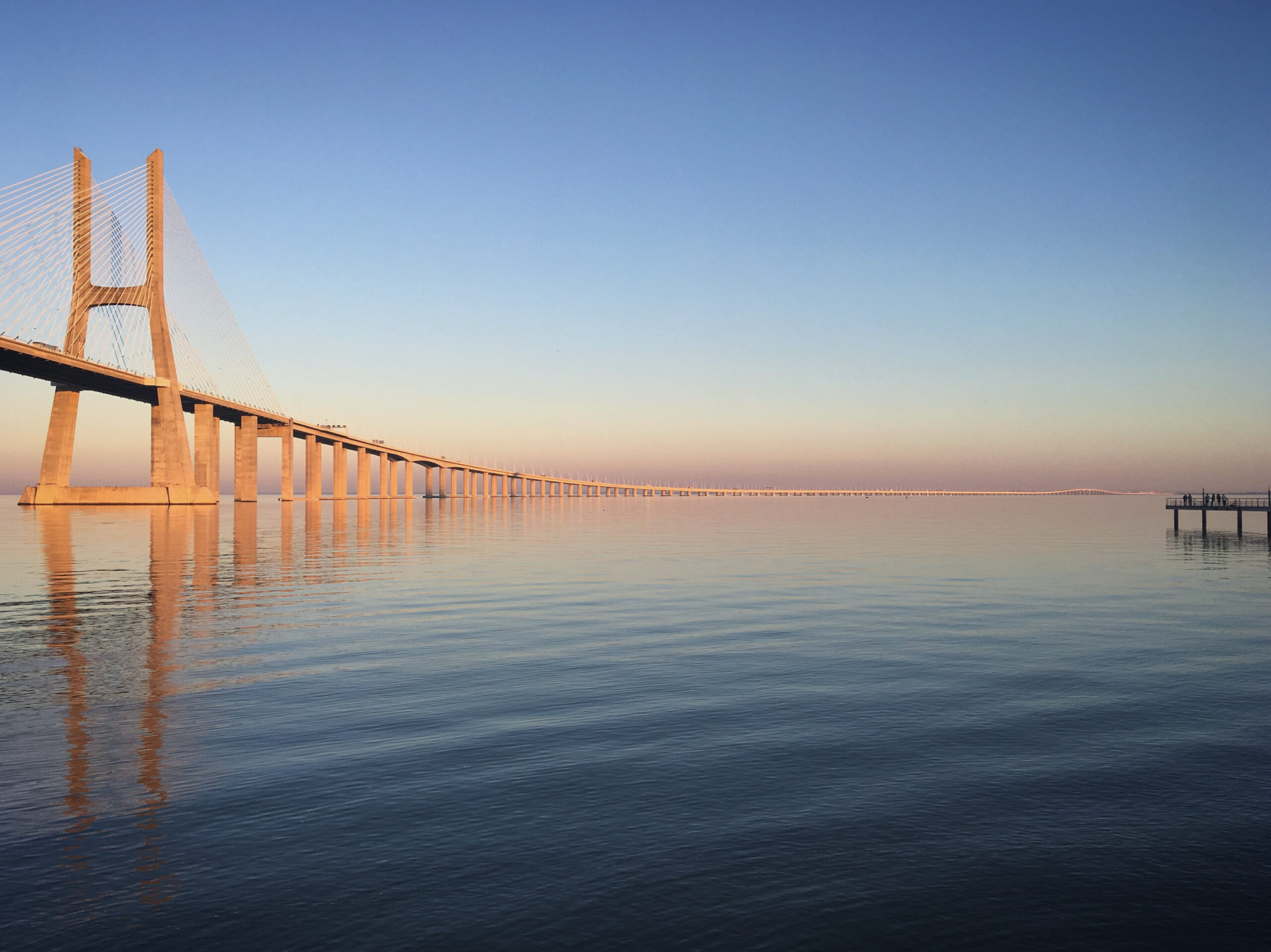Investigating China’s Belt & Road Effect & Reach
Did you know that China’s Belt and Road Initiative (BRI) entails a colossal $4 trillion-dollar investment? This sum spans almost 70 countries. The scheme, known as the One Belt One Road (OBOR) project, marks one of the most daring monetary and development expansion efforts of our time. Through this China’s BRI, China is strengthening its international economic presence by considerably enhancing infrastructure growth and trade in different regions of the globe.
This strategic move has propelled not only China’s economic growth but also affected worldwide trade networks. China, via the BRI, is aiming to improve regional connectivity, unlock new economic corridors, and forge crucial long-term alliances with other countries involved. The project demonstrates China’s serious commitment to international infrastructure investments. It underscores China’s growing global economic influence.
Key Takeaways
- The BRI includes nearly $4 trillion across 70 states.
- Referred to as One Belt One Road (OBOR), the project is central to China’s international economic strategy.
- The BRI emphasizes infrastructure investments and trade expansion to drive economic growth.
- China’s Belt & Road significantly enhances regional links and global trade networks.
- The scheme embodies China’s commitment to long-term global alliances and global economic influence.
Overview of the Belt & Road Initiative
The Belt and Road Initiative (BRI) serves as a significant worldwide plan led by China. It seeks reinvigorating the historical Silk Road|historic Silk Road. This includes bolstering regional ties through the large-scale development of infrastructure and investment projects which spans roughly 70 states and many international organizations.
This scheme’s objective is to enhance international trade and collaboration worldwide. The silk road initiative|silk road project blends with a modern vision of worldwide economic unity. It leverages the Silk Road’s historical importance, establishing the silk road economic belt|silk road economic zone that ties multiple continents via a vast network of commerce routes.
Through the belt and road initiative map|BRI map, it’s clear to see this initiative’s wide reach. It incorporates land routes and maritime pathways, linking Asia, Europe, and Africa. This daring initiative is more than just infrastructure projects. It embodies a dream of a collective destiny highlighted by mutual collaboration, monetary success, and the exchange of cultures.
This project is a pledge to global partnerships and extensive networking for a brighter future. In summary, the Belt & Road Initiative ushers in a new age of reciprocal gains, global economic development, and cultural blending.
Economic Development and Trade Growth Under BRI
The Belt And Road initiative map substantially influences the economy by enhancing commerce and economic development. This daring Chinese project is crucial in the nation’s bid to boost its financial might and global reach.
Overall Impact on China’s Economic Landscape
Since its beginning, the BRI has pushed China’s financial progress significantly. An evident outcome is the 6.3 percent increase in foreign trade within the first five months of a recent year. Key to this growth are the infrastructure growth and alliances cultivated via the BRI. These initiatives foster strong commerce, boosting economic operations and driving China’s economic advancement.
Global Trade Networks
The BRI is crucial in the expansion of international commerce systems. It has placed China at the heart of international commerce by creating new trade corridors and strengthening existing ones. Multiple markets have been opened up, allowing seamless commerce and fostering economic partnerships. Consequently, this scheme not only enhances commerce but also diversifies China’s trade connections, bolstering its global economic presence.
The Belt & Road Initiative remains vital in driving economic growth and enlarging trade networks, affirming China’s global economic influence.
Sino-European Freight Trains: A Tale of Success
The Belt and Road Initiative has made a significant impact through Sino-European freight trains, improving trade connections. Horgos Depot is central, becoming a key hub in the BRI scheme.
Horgos Station Achievements
Horgos Depot has become vital as a important logistics center, mainly because of the many Sino-European freight trains it services. Since 2016, over 36,000 trains have passed through this station, demonstrating its essential role in global trade. This not only highlights the BRI achievements but also the excellence of Horgos Station.
Financial Advantages for Border Towns
The growth surrounding Horgos Station has propelled impressive economic gains for Horgos, the adjacent border town. The increase in trade from China-Europe freight trains has stimulated local commerce, generating more employment opportunities and securing the city’s prosperity. This success story highlights how strategic infrastructure and global commerce cooperate to sustain local economic growth.
| Year | Cargo Trains | Economic Impact |
|---|---|---|
| 2016 | 5,000 | First boost to local enterprises |
| 2017 | 8,000 | Growth of commerce actions |
| 2018 | 10,000 | Sustained job creation |
| 2019 | 7,000 | Boosted border town success |
| 2020 | 6,000 | Increase in local economic activities |
China’s BRI Efforts in Central Asia
Central Asia has emerged as a key area for BRI schemes because of its strategic location and extensive assets. One prominent project is the China-Kyrgyzstan-Uzbekistan Rail Network. It notably boosts regional ties.
China-Kyrgyzstan-Uzbekistan Rail Line
The China-Kyrgyzstan-Uzbekistan Railway is making strides in the Central Asian region. Its goal is to modernize transit networks in the region. This key railway not only decreases cargo travel time but also widens trade corridors notably.
| Aspect | Particulars |
|---|---|
| Countries Involved | China, Kyrgyzstan, Uzbekistan |
| Distance | Roughly 900 km |
| Key Gain | Enhanced regional ties |
Local and Regional Benefits
Schemes like the China-Kyrgyzstan-Uzbekistan Railway have a broad spectrum of benefits. They create jobs and enhance local facilities. At a broader level, they improve the economy and enhance political relations.
The BRI’s impact in Central Asia is clearly seen with developments such as the rail line. It’s changing the zone into a more integrated and prosperous place, underscoring the strength of regional unity.
China’s Belt and Road: Important African Collaborations
The cooperation between Africa and China, under China’s Belt and Road|China’s Belt & Road, seeks to enhance regional development. This project is a crucial component of international infrastructure investment|global infrastructure investment. It centers on enhancing the zone with strategic development projects.
The Magufuli Bridge in Tanzania is a significant illustration. It joins zones, enhancing mobility and boosting financial operations. It highlights the strong relationship between Africa-China partnerships|Africa-China collaborations|Africa-China alliances.
In Tanzania, the Chinese-constructed fishing dock is another example of success. It has offered concrete gains, promoting trade and aiding local economic expansion. These key projects demonstrate the China’s Belt and Road|China’s Belt & Road‘s objective: to enhance local economies and living conditions across the African continent.
Key schemes include:
- Magufuli Bridge – Crucial for regional ties and financial expansion.
- Tanzanian Fishing Harbor – Improves trade and increases local employment.
Analysis of the Silk Road Economic Belt|Silk Road Economic Zone
The Silk Road Economic Belt|Silk Road Economic Zone acts as a foundation in China’s expansive Belt and Road Initiative. Its aim is to revitalize the historic Silk Road|Silk Route commerce pathways. By achieving this, it intends to not only recreate economic connections but to also promote deep cultural exchanges and joint economic projects.
Historical Context and Modern Revival
The historical Silk Road|ancient Silk Route was a critical link between the East and West, serving as a important trade and cultural trade corridor. The Silk Road Economic Belt|Silk Road Economic Zone aims to revive and bolster these links. It achieves this by emphasizing large-scale infrastructure growth that underpins its vision for current trade.
Significant Infrastructure Efforts
Key infrastructure development within the Silk Road Economic Belt|Silk Road Economic Zone has seen significant progress. This includes the building of highways, railroads, and conduits to transport energy. All these are geared towards simplifying commerce and luring additional investments. These initiatives aim to transform trade methods and encourage enhanced regional integration.
| Initiative | Country | Status | Influence |
|---|---|---|---|
| Khorgos Portal | Kazakhstan | Active | Increased trade flow |
| China-Pakistan Economic Corridor | Pakistan | Under Construction | Improved regional connectivity |
| Chongqing-Duisburg Rail Line | China, Germany | Functioning | Boosted freight efficiency |
The 21st Century Maritime Silk Road
The *21st century Maritime Silk Road* seeks to link China with areas like Southeast Asia, South Asia, Africa, and Europe. It utilizes ancient sea routes for today’s trade. This initiative is at the center of China’s goal to enhance international commerce systems through strategic investments and better maritime ties. It blends historical routes with contemporary economic and cultural projects, enhancing international collaboration.
This Belt And Road links regions with ocean pathways, seeking a seamless commerce and investment transfer. It emphasizes ports in Southeast Asia like Singapore and Colombo as important nodes in the network. Also, by connecting with ports in Africa at Mombasa and Djibouti, it paves the way for better intercontinental trade and faster logistics.
| Zone | Major Ports | Strategic Impact |
|---|---|---|
| Southeast Asia | Singapore, Colombo | Commerce integration and regional financial growth |
| South Asia | Chennai, Mumbai | Enhanced connectivity and trade flow |
| Africa | Mombasa, Djibouti | Enhanced entry to worldwide markets |
| Europe | Venice, Piraeus | Eased commerce pathways to the European core |
At the core of the *21st century maritime silk road* are unified steps for infrastructure development, investment frameworks, and regulatory standards. This holistic strategy works to not just improve trade but to also create lasting financial collaborations, benefiting all involved. The emphasis on state-of-the-art ports and smooth logistics reflects the scheme’s devotion to boosting worldwide trade pathways.
Examples of Successful BRI Initiatives
The Belt & Road Initiative (BRI) has included numerous infrastructure projects worldwide. It demonstrates significant economic and growth. Pakistan, in particular, has experienced prominent accomplishments through initiatives like the Gwadar Port. The nation has also benefited from different hydropower schemes. This illustration highlights the promise of strategic partnerships within the BRI framework.
Gwadar Port Development in Pakistan
The impact of the BRI is evident in the growth of Gwadar Port. Situated on the Arabian Sea, it has evolved from a fishing settlement to a international port city. The advancement of Gwadar Port has enhanced ocean trade and created financial chances for local residents.
It stands as a key project within the China-Pakistan Economic Route. This highlights the achievements of the BRI in improving socio-economic growth.
Hydropower Initiatives in Pakistan
Hydropower initiatives are essential in Pakistan’s sustainable growth attempts within the BRI. They cater to the nation’s growing energy needs while supporting environmental preservation. Collaborating with Chinese firms, Pakistan has witnessed a considerable boost in its electricity generation capacity.
This project has assisted in addressing energy shortages and backed enduring economic stability. It has turned into a cornerstone in the BRI’s local achievements.
| Project | Location | Gains |
|---|---|---|
| Gwadar Port | Gwadar, Pakistan | Boosted sea commerce, local economic development |
| Neelum-Jhelum Hydropower Project | Azad Jammu & Kashmir | Boosted power production, lowered power deficits |
| Suki Kinari Hydropower Initiative | Khyber Pakhtunkhwa | Boosted renewable energy production, local growth |
Issues and Critiques of the BRI
The Belt & Road Initiative (BRI) has drawn both praise and worry. Many emphasize its possible advantages, but it does encounter opposition for different problems. These consist of concerns regarding debt diplomacy, and the ecological and societal impacts of the projects.
Debt-Trap Diplomacy Issues
One major problem is debt diplomacy via the BRI. This concept refers to how countries might lose their independence due to heavy debts to China, a concern often raised. Such critics note that some states struggle to return their financial obligations, causing a reliance on China. This scenario supports arguments about the financial viability of such debt-laden countries.
Environmental and Social Consequences
Some opponents express worries about the environmental and social consequences of the BRI. The building of extensive schemes sometimes damages regional ecologies, drawing deep worry from those who value nature. Moreover, it leads to social challenges like the displacement of people, prolonged development phases, and straining local facilities. These issues have sparked protests in impacted regions, emphasizing the necessity for thoughtful handling to balance growth with ecological and social conservation.
Future of China’s Belt and Road Initiative
The Belt & Road Initiative (BRI) continues to be pivotal at the heart of China’s economic vision. It aspires to create a system of worldwide connections through major development projects. This project, one of the most ambitious plans of the century, seeks to expand its influence across nations.
The OBOR project is evolving to meet the rising demand for new trade routes and economic alliances. It is striving to encourage sustainable development worldwide.
China’s forthcoming financial strategy through the BRI will highlight development that helps all. It will boost transportation, power, and technological infrastructure for all participating. Such enhancements will make international trade smoother and more economical.
Confronting multiple problems head-on, the BRI is ready to develop amid concerns about its environmental and financial impacts. By changing approaches and exploring fresh, lasting resolutions, it looks to better balance growth.
In the conclusion, the OBOR project is vital to China’s economic strategy. It is redefining the global economic scenario for the better, pursuing shared advancement and wealth.



